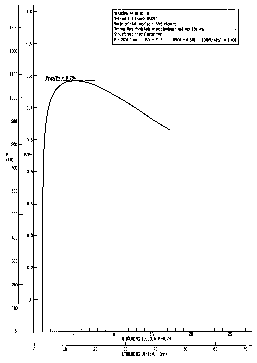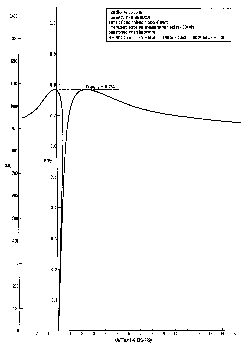Computer Applications - Analysis of Steel Columns



COLBUCK is a computer software tailored for the analysis of the maximum strength of compressed bar members based upon basic theory for plane buckling considering among other things residual stresses, initial out-of-straightness and load eccentricity.
The program is designed to make possible simple analysis of the strength of practical compressed columns considering the actual conditions. Examples may be cases where it is required to find more accurate solutions than is possible using approximate buckling curves and interaction formulas in regulations. An application is welded hybrid columns with different material strength in various parts of the cross section. Other applications are columns with special cross section or special residual-stress distribution where buckling curves in regulations may not be directly applicable.
The normal force may be acting eccentrically at one or both ends of the column. The column may be subjected to bending moments at the end of the column.
Residual stresses and initial out-of-straightness may be given with a any chosen distribution, alternatively adopted from typified distributions included in a library in the COLBUCK software. The cross section may be composed of up to seven rectangular components, for instance, a rolled or welded H section, a box section or a section reinforced with cover plates.
The material is assumed to have elastic-plastic characteristics, and linear strain hardening after the yield plateau may be considered.
The results from the calculations are presented in a report with enclosures in the form of diagrams for the relationship between normal force and mid-deflection, for deflection along the column and for strains as a function of the normal force (three diagrams for each analyzed column length). The results may be presented in the form of a column buckling diagram with column curves for the analyzed columns. In the column buckling diagram is also shown for comparison a column curve calculated based upon the tangent modulus theory.
General conditions for the COLBUCK software and further particulars about methods of analysis, input data etc. are to found in a User's Manual. The Manual includes two completely worked out examples.
The COLBUCK software has been developed at StBK Stalbyggnadskontroll. The software is presently run in an interactive DOS environment.